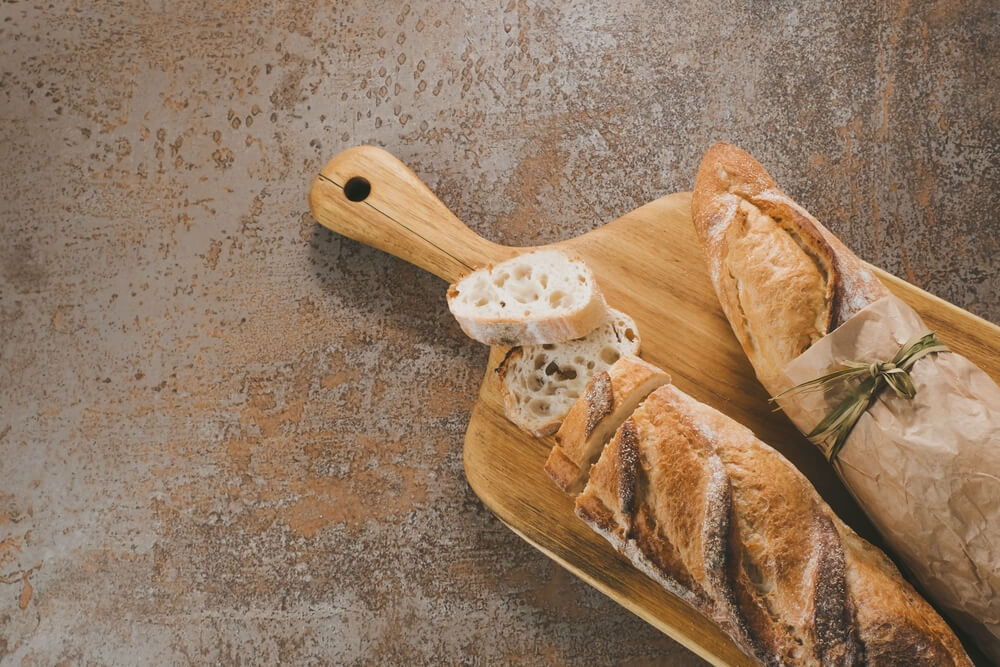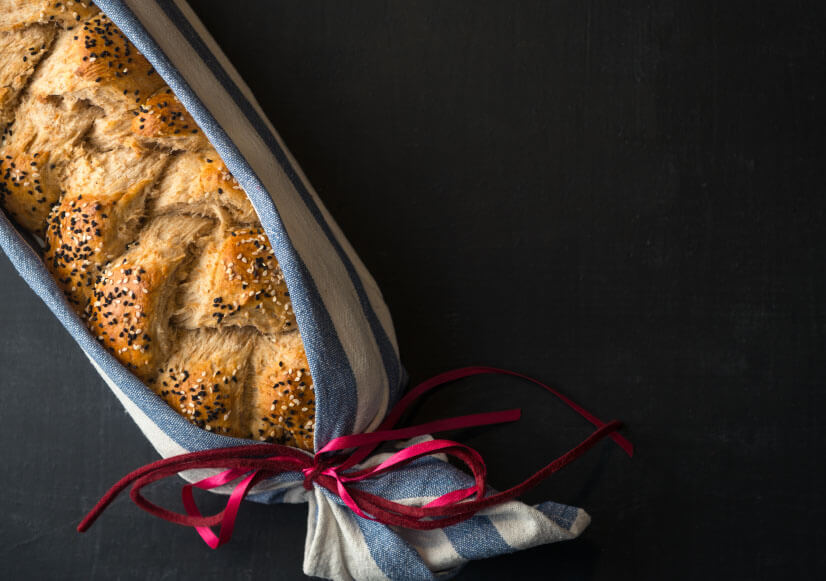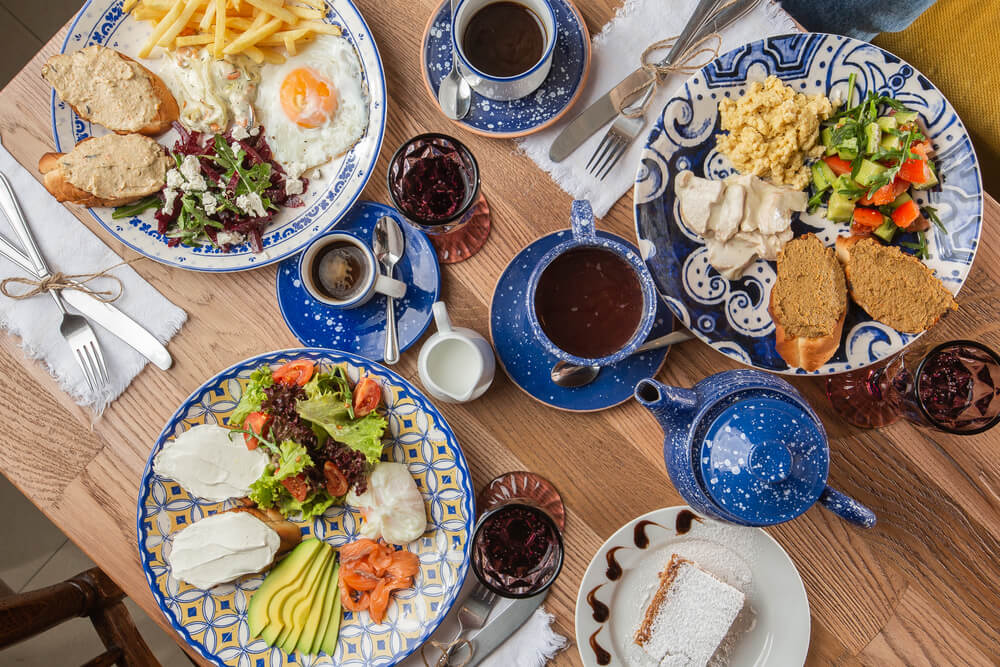Baking bread is one of those activities that are simple to learn, but difficult to master. Anyone can combine the basic ingredients and pop it in the oven, but creating the ultimate loaf – you know, the one that fills the house with that magical aroma and melts on the tongue – is truly an artform.
To get you started, here is your guide to whipping up a loaf that you can enjoy, without the fuss.
Is it difficult to make bread?
Nailing the perfect loaf isn’t something you can fluke. While the process seems easy enough, and the ingredient list is minimal, there are plenty of skills required that only come with practice and patience.
Think of this process like you would painting; all you need to get started is a blank canvas and paint, but you won’t immediately create a masterpiece.
Okay, we’ll let you in on our secrets
Time and care are essential, and love is an essential ingredient. Find your own methods and tricks through experience and learn from every mistake – just like learning any type of skill. In the meantime, here are some of the secrets to a perfect loaf to get you started.
Use the right ingredients: While you can technically bake with regular flour, bread flour has more protein. Instant yeast is preferable because salt will deactivate yeast.
Don't flour your hands: Another baking cliche is covering your hands with flour to prevent the dough from sticking. Wet your hands instead, it will do the same thing but you are not adding density which makes your homemade loaf so heavy.
Room temperature is key: Any liquids that are added to your dough when they are too hot or too cold are going to impact the yeast and the dough - and ultimately, the final product. Milk and water should be warm, test the temperature with your elbow, you want it to be as warm as a baby's bottle.
Factor in the environment: If you put the exact same amount of flour into a dough on a dry day and then a humid day, you are going to get very different results. You are going to want to learn how to add flour by eye, which is going to take time and experience. Add it very gradually and stop when the dough feels like it is mixed evenly, is not sticky and feels light and fluffy.
Leaving your bread to rise
Leaving your loaf overnight is fine, but be sure to put the dough into the refrigerator beforehand, so as to ensure a nice, consistent rise. From there you’re ready to bake your bread overnight.
It is best to proof your dough in a banneton basket for this process, which will help remove moisture from the surface for a crispy skin, hold the shape of the dough and also deliver imprints and designs for the perfect finished product. If you haven’t got one of of these in your kitchen’s arsenal, we’ve got plenty of options to choose from.
Happy baking!





